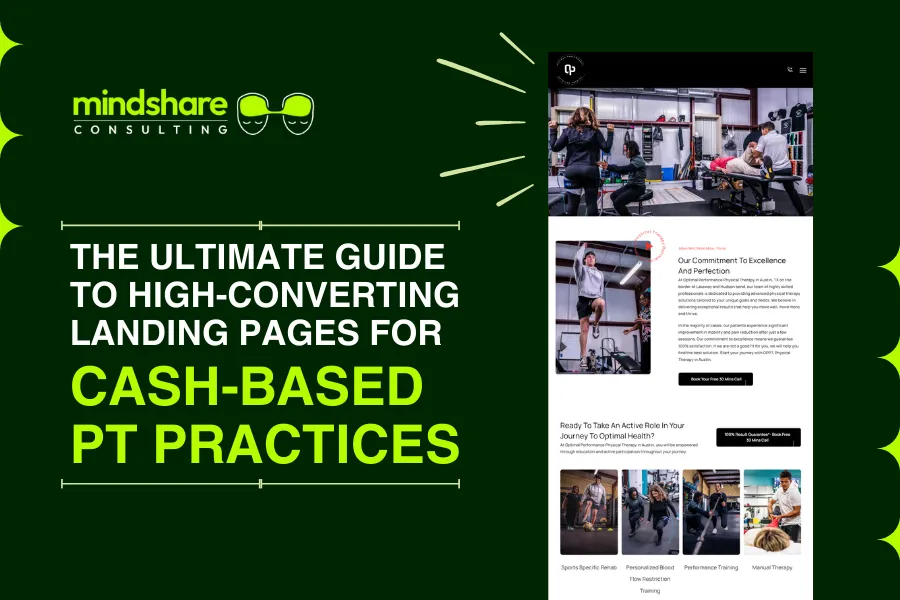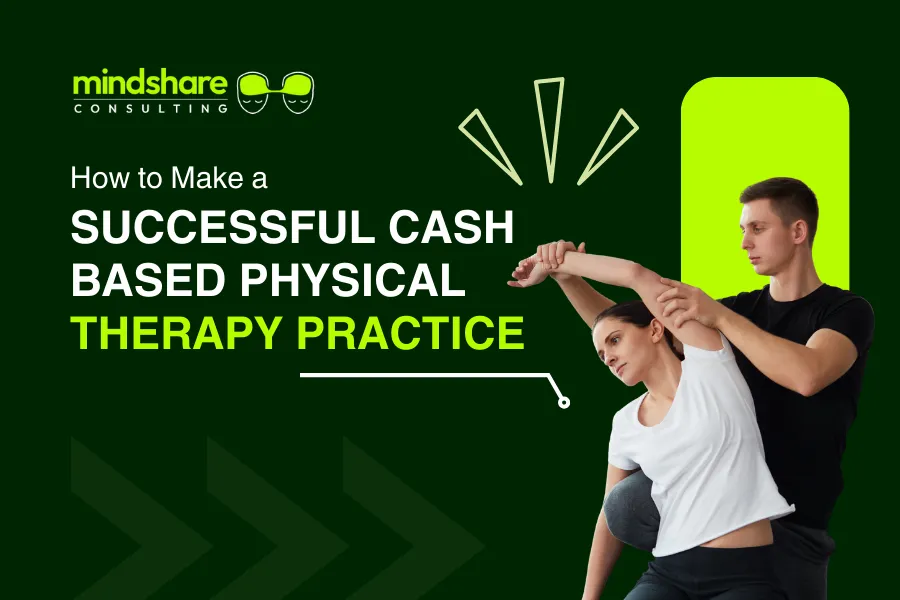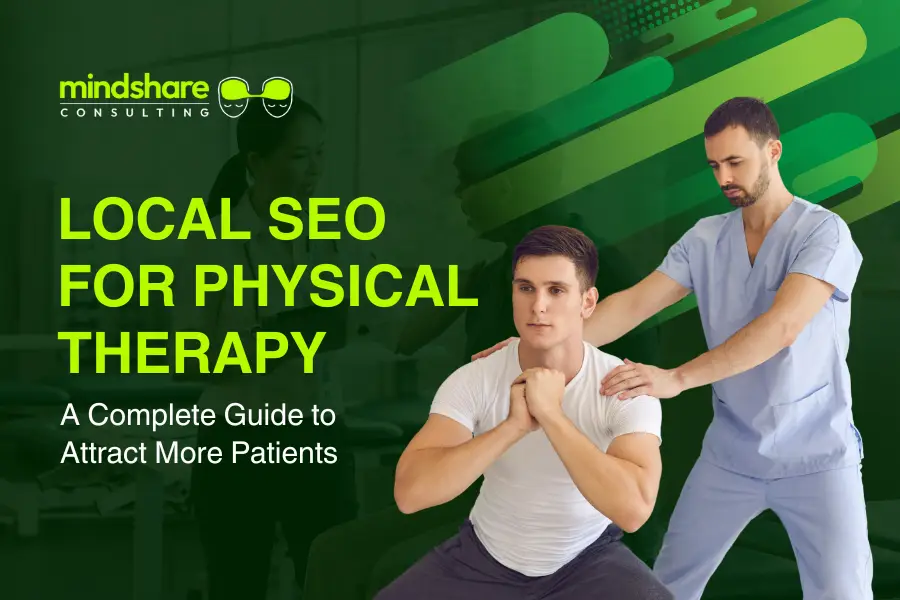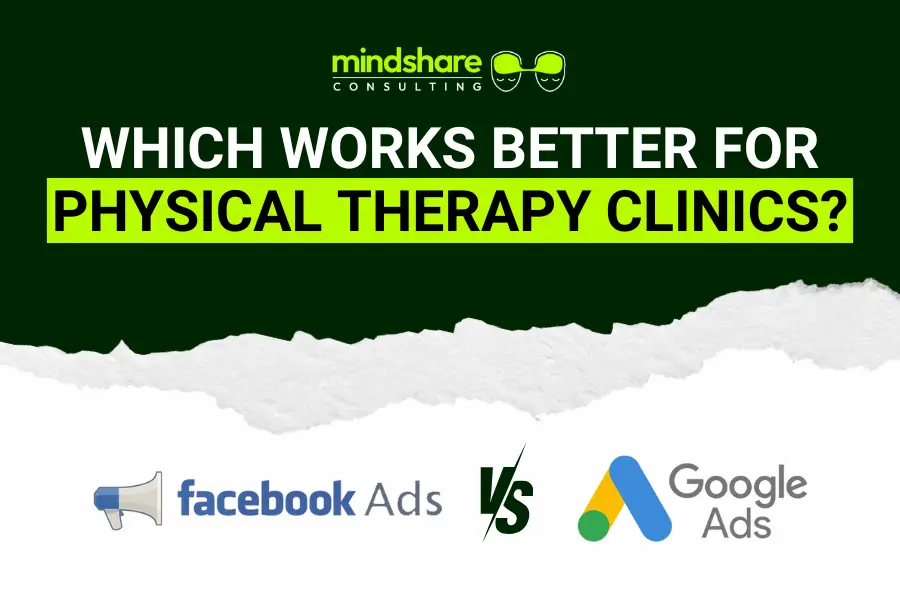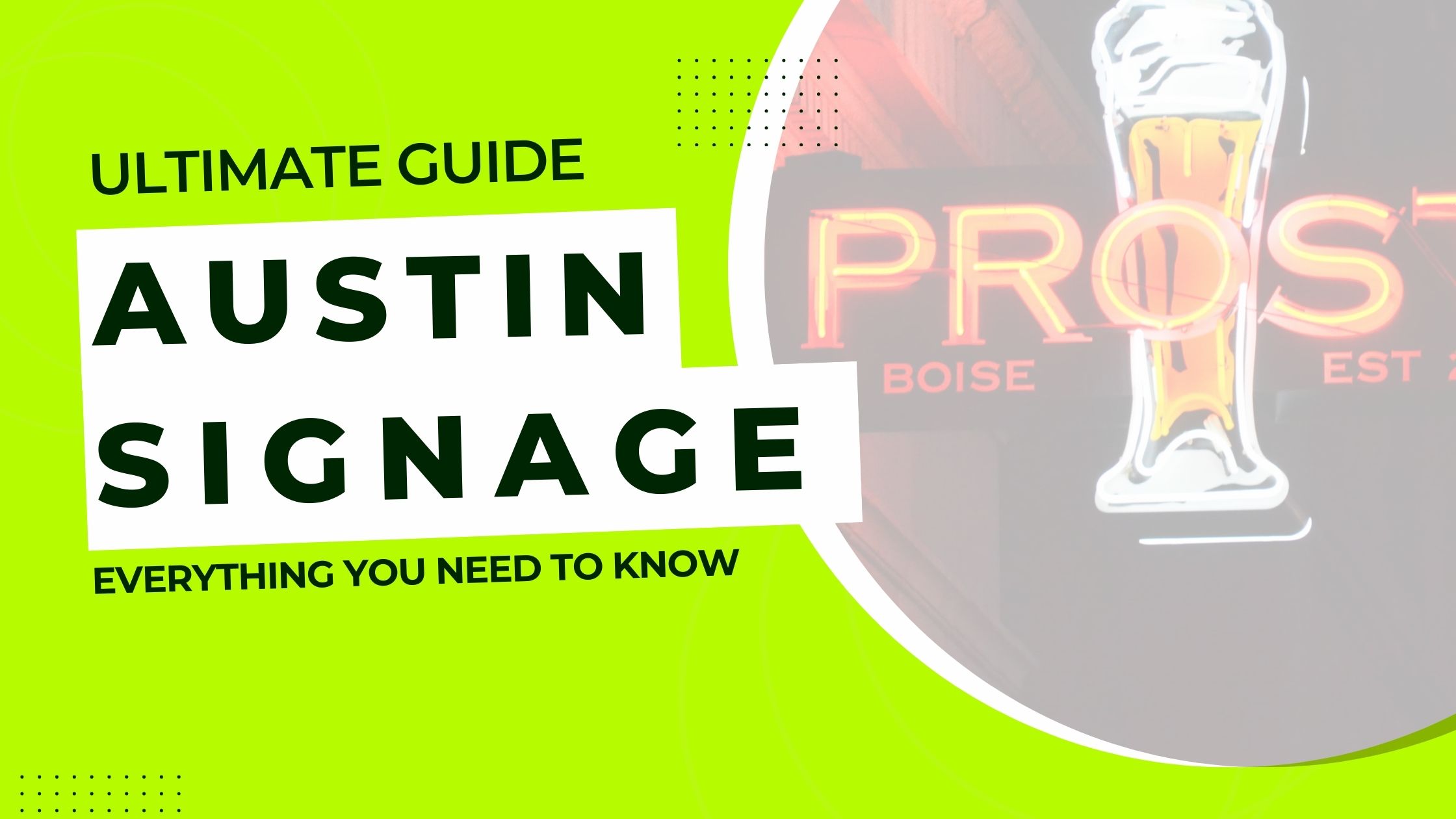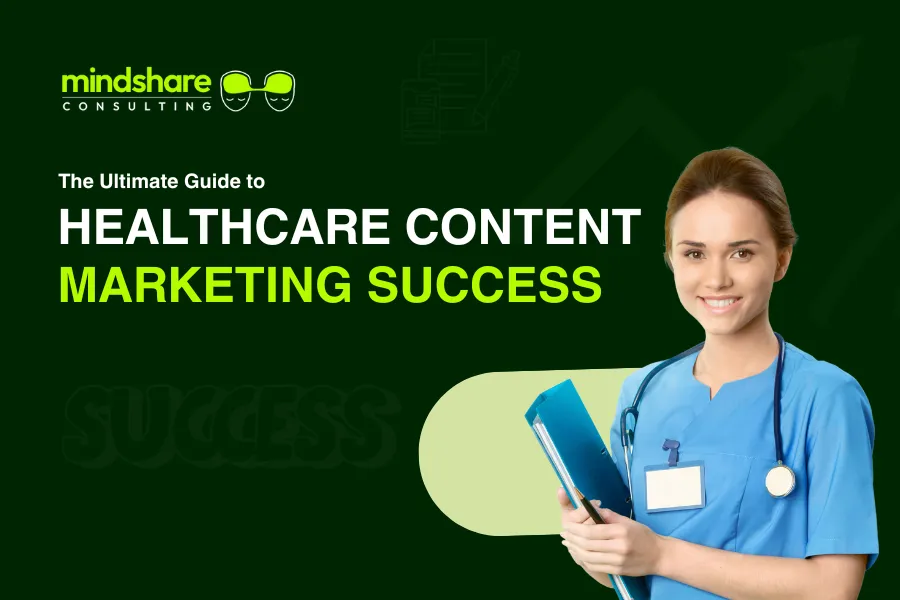In today’s competitive healthcare landscape, attracting patients to your cash-based physical therapy (PT) practice requires more than just traditional marketing efforts. You need an online presence that not only explains your services but convinces potential clients to take action. This is where a well-crafted landing page comes in.
A Cash-Based Physical Therapy Landing Page is the secret weapon in maximizing patient conversion. It serves as a focused entry point to guide visitors toward booking an appointment, learning more about your services, or even calling for more information. In this article, we’ll explore how to create a highly-effective landing page that attracts and converts patients for your cash-based PT practice.
What is a Cash-Based Physical Therapy Landing Page?
A Cash-Based Physical Therapy Landing Page is a specialized web page designed to convert visitors into paying patients. Unlike traditional clinic landing pages, which might cater to insurance-based practices, cash-based PT landing pages focus on patients paying directly for services, without the need for insurance coverage.
The goal of this type of landing page is to highlight the benefits of cash-based therapy, educate prospective patients about the advantages, and encourage them to take immediate action — such as booking a consultation, signing up for a free consultation, or calling your office.
Why Landing Pages Matter for Cash-Based PT Practices
A landing page is a dedicated webpage designed to convert visitors into patients. Unlike general website pages, landing pages have a singular focus: guiding potential patients to book an appointment or schedule a free consultation.
Key Benefits of a High-Converting Landing Page:
-
Increases Patient Inquiries – A well-designed page makes it easy for visitors to contact you.
-
Builds Trust and Credibility – Featuring testimonials and certifications reassures patients.
-
Improves Search Rankings – SEO-optimized landing pages attract organic traffic.
-
Enhances User Experience – A structured, easy-to-navigate layout improves engagement.
-
Boosts Marketing ROI – More conversions mean lower acquisition costs.
Key Elements of a High-Converting Landing Page
A great landing page isn’t just about good design—it must include strategic elements that drive patient sign-ups. Let’s break down each component in detail.
-
Attention-Grabbing Headline
Your headline is the first thing visitors see. It should be clear, compelling, and benefit-driven. Examples:
-
“Regain Mobility & Strength – No Insurance Needed!”
-
“Pain-Free Movement Starts Here – Expert PT Without Insurance!”
Pro Tip: Use powerful words like “fast,” “expert,” or “guaranteed” to make your headline more persuasive.
-
-
Supporting Subheadline
A subheadline should reinforce the main headline by explaining why the visitor should take action. Example:
-
“One-on-One Physical Therapy Tailored for Your Recovery – No Insurance Hassles!”
-
-
Compelling Call-to-Action (CTA)
A CTA tells visitors exactly what to do next. Examples:
-
“Book Your Free Consultation Today!”
-
“Schedule Your First PT Session Now!”
Best Practices for CTAs:
-
Use action words (Book, Schedule, Get Started)
-
Make the button stand out with contrasting colors
-
Place CTAs above the fold and throughout the page
-
-
Engaging Visuals & Videos(Image Placeholder: PT Working with a Patient)
-
Use high-quality images of your clinic, staff, and happy patients.
-
Include a short video explaining your approach and philosophy.
-
-
Trust-Building Elements
Trust is everything in healthcare. Your landing page should include:
-
Patient testimonials(Image Placeholder: Before-and-After Testimonials)
-
Success stories showcasing real results
-
Professional credentials and certifications
-
Logos of industry affiliations (e.g., APTA, local medical boards)
-
-
SEO Optimization for Organic Traffic
Your landing page should be optimized for Google searches with effective SEO Services. Key SEO strategies:
-
Primary Keyword: Cash-Based Physical Therapy Practice
-
Secondary Keywords: direct pay physical therapy, self-pay physical therapy, no insurance PT
-
On-Page SEO:
-
Include keywords in headings (H1, H2, H3)
-
Optimize meta title and description
-
Use alt text for images
-
-
-
Mobile-Friendly & Fast Loading
With over 60% of healthcare searches happening on mobile, ensure your landing page:
-
Loads in under 3 seconds
-
Uses responsive design for mobile & tablet views
-
Has easy-to-click buttons for CTAs
-
Best Practices for Creating a High-Converting Landing Page
Now that you know what elements to include, here are some best practices for making your landing page truly effective:
-
Mobile Optimization
Ensure that your landing page is fully optimized for mobile users. Most people now search for services on their phones, and a page that’s hard to read or navigate will likely cause potential patients to bounce.
-
Fast Loading Speed
A slow landing page is one of the quickest ways to lose visitors. Aim for fast loading speeds — ideally under 3 seconds — to keep visitors engaged and reduce bounce rates.
-
Use Simple, Direct Language
Avoid jargon or overly complex medical terms. Speak clearly and simply so your audience can understand your offer without confusion.
-
Create Urgency
You can increase conversions by adding a sense of urgency. Use phrases like “Limited-time offer” or “Book your consultation today” to prompt action.
-
A/B Test Your Page
Regularly test different headlines, images, and CTAs to see what works best for your audience. Continuous optimization is key to improving your conversion rates.
Common Mistakes to Avoid
Many cash-based PT clinics struggle with landing page conversions due to these common mistakes:
-
Slow loading speed – Optimize images & remove unnecessary scripts.
-
Too much text – Keep it concise and scannable.
-
Lack of testimonials – Social proof is crucial for building trust.
-
Weak CTA – Always have a strong call-to-action.
-
No contact form – Make scheduling simple & frictionless.
Conclusion & Call-to-Action
By implementing these landing page best practices, you can create high-performing pages that drive meaningful conversions. Remember, the key to success is continuous testing and optimization—what works today might need refining tomorrow. Keep experimenting, analyzing, and improving to maximize your landing page’s effectiveness.
A well-optimized landing page doesn’t just attract visitors—it turns them into customers. Whether you’re driving sign-ups, purchases, or downloads, every element should be crafted with the user journey in mind. Stay focused on clarity, usability, and engagement, and your landing pages will consistently deliver impressive results.
Ready to create a landing page that converts? Contact Mindshare Consulting Inc today for expert marketing assistance!
Frequently Asked Questions (FAQs)
How much should I charge for cash-based physical therapy?
Pricing depends on factors such as your location, expertise, and the type of services you offer. Generally, cash-based therapy prices are higher per session, but many patients are willing to pay for personalized care.
How can I market my cash-based PT practice effectively?
Use a combination of digital marketing strategies like SEO-optimized landing pages, local SEO, and social media to attract your target audience.
Do patients prefer cash-based therapy over insurance-based?
Yes, many patients appreciate the freedom of cash-based therapy, as it often leads to more personalized care and eliminates insurance complications.
Is it difficult to set up a cash-based physical therapy practice?
Setting up a cash-based practice can be straightforward, but it requires careful planning, pricing, and marketing to ensure a steady flow of patients.
How can I ensure my landing page converts well?
Focus on clear, compelling messaging, fast load times, and a prominent CTA. Use social proof and educational content to build trust.
Can a landing page really increase patient acquisition?
Yes! A well-optimized landing page can drastically improve your patient acquisition rates by providing a clear, compelling reason for visitors to take action.
What should be my primary focus on a cash-based physical therapy landing page?
Your main focus should be educating potential patients on the benefits of cash-based therapy while making the process of booking a consultation or appointment as simple as possible.

